December 3rd marks the eighth Giving Tuesday since its inception in 2012. In 2018, on Giving Tuesday, over 400 million dollars were raised online from over 150 different countries. #GivingTuesday has created a movement. Yet, hasn’t that movement of the spirit of generosity been planted in our hearts from our inception? As I reflect on the concept of Giving Tuesday and its mission to build a more just and generous world, I am reminded of a book that was given to me called Everyday Stewardship: Living An Extraordinary Life written by Tracy Early Welliver. The book assisted me in recognizing that as a Christian I am called to be an everyday steward and not solely a Giving Tuesday steward. For as a Christian I am called to live loudly the words of St. Teresa of Avila who said, “Christ has no body now on earth but yours; therefore, I am challenged to let the Christ in me recognize and respond to the Christ in you.” This message ruminating in my thoughts is juxtaposed with my recent attendance at the performance of Encounter: From the Heart of Pope Francis at my parish, Holy Apostles in New Berlin, Wisconsin. The performance highlighted the message and lifestyle of Pope Francis, who “compels the global Church to a radically renewed personal encounter with Jesus Christ.” This Advent, I will again participate in Giving Tuesday. I also commit myself to practicing everyday stewardship by developing more the traits of mindfulness, prayerfulness, gratitude, graciousness, and accountability so beautifully delineated by Tracy Earl Welliver in her writing on the stewardship journey.
May this year’s Giving Tuesday be a reminder to us of our call to generous stewardship.


